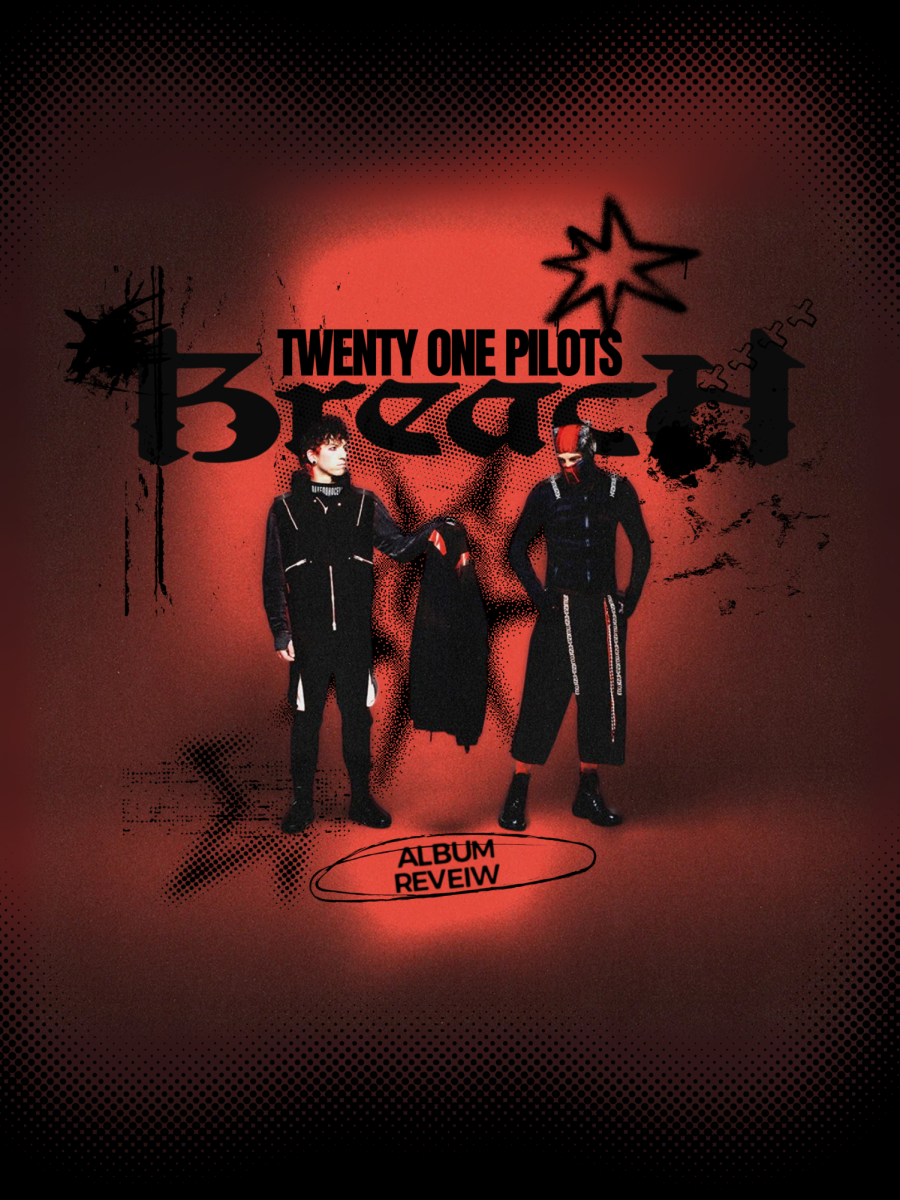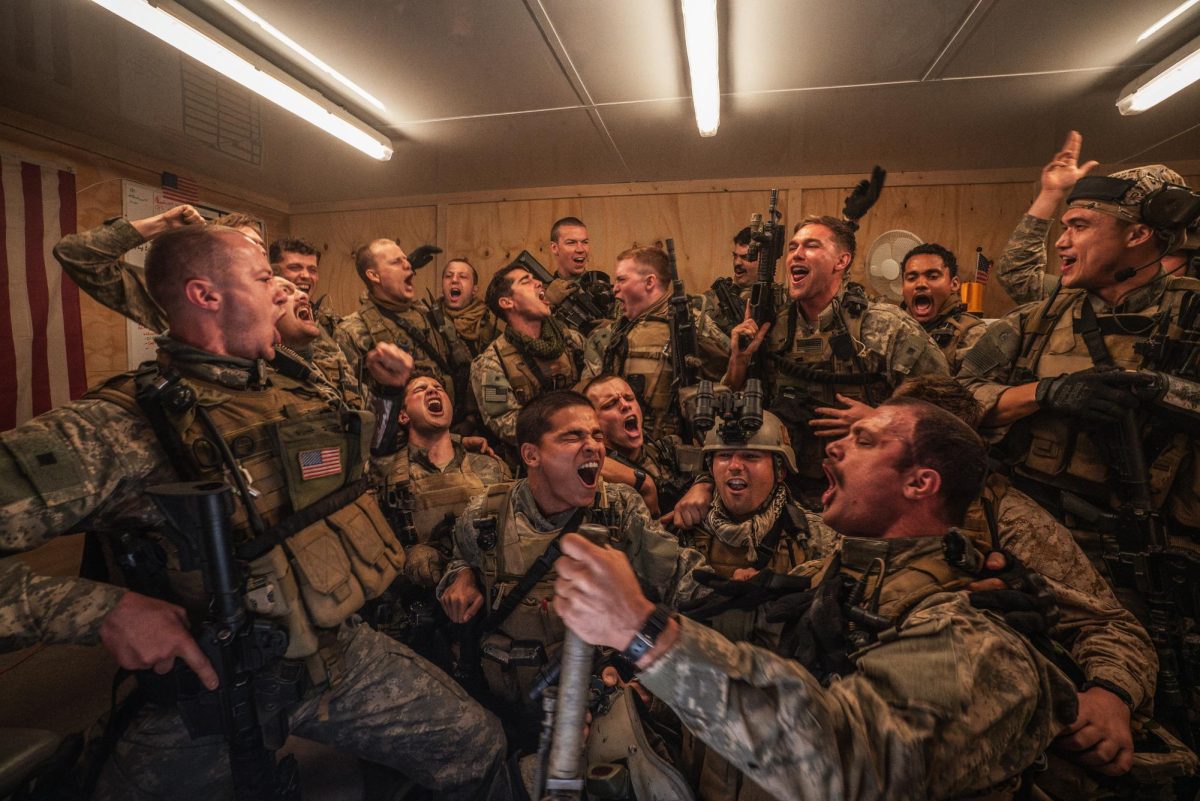The Amazon Studios remake of “Road House,” released March 8 and directed by Doug Liman, is a lackluster film that needs fine-tuning before it has the chance to become a good movie.
The movie follows ex-UFC fighter Dalton, portrayed by critically acclaimed actor Jake Gyllenhaal, on his path to redemption as he is working as a bouncer at the Road House, a bar in the Florida Keys. Dalton takes on the duty of protecting the Road House from local thugs who want to take down the bar’s legacy.
The film is extremely well-produced and its high budget is clear throughout the film, however, audience members may find themselves wishing that the budget went towards a better script and better actors. A screenplay downfall in the film that was frustrating is the struggle to understand the characters’ names. It takes the majority of the film to find out who is who, which may have been intentional at points, but ultimately needed to be fixed.
When the owner of Road House, Frankie, portrayed by Jessica Williams, first introduces herself to Dalton at the beginning of the film and offers him a job, she gives him her number before she ever gives him her name. It was hard to tell if this was an intentional move by the screenwriters, as it didn’t feel like the omission of her name was integral to the plot of the story.
The aesthetics of the movie was one of the best qualities it had. Other movies produced in this decade by large production companies like Amazon typically look flat, uninteresting and lack the bright Technicolor that audience members are craving in movies. However, “Road House” completely subverts this trend of boring cinematography, and instead, the backgrounds, sets, angles and coloring of the movie will leave audience members in awe.
A lot of the visual effects in the film were practical, and if they were CGI, it was not noticeable. This is a breath of fresh air for viewers as many movies use sub-par CGI that can be difficult to watch.
Despite the stellar production of the movie, the costume choices were — at best — questionable. A lot of the background characters dressed as though they were being styled by someone else’s view of what is popular fashion rather than what would make sense for the location, which took immersion out of the movie. Some of the background characters appeared to be dressed for a milder climate than the hottest, most humid part of Florida.
Costuming plays a large part in characterization, and this lack in the movie leads to characters feeling impossible to understand at times. A lot of the costume choices seemed as though the costume designer was just throwing a bunch of clothes together without any meaning.
For example, the anti-heroes did not look like anti-heroes, as their costumes were almost identical to the background characters. This could work as a subversion to tropey costuming, however it did not work as the film was basically one massive trope.
Dalton’s character specifically was impossible to pin down. I think that the movie would have been stronger if they focused on who Dalton was as a character rather than writing him into the “everyman” trope.
Changing the way that he dressed would have helped work on his characterization. Costume designers should have taken more notes from the 1989 “Road House” and dressed Gyllenhaal reminiscent of the original Patrick Swayze’s Dalton.
Gyllenhaal’s performance was incredibly disappointing and he was not able to fill the shoes of his predecessor, Swayze. Gyllenhaal’s approach to the role seemed like a really bad parody of Ryan Reynolds’s “Deadpool,” where he is trying to be both funny and deadly at the same time, but the jokes just did not land.
It seemed as though Gyllenhaal was definitively attempting to portray a funny everyman hero that the audience would aspire to be, while the writers were trying to characterize a stoic regretful man who’s trying to leave the world a better place.
This miscommunication between the writing and Gyllenhaal’s direction muddled any potential character arc Dalton could have had during the movie and ultimately flattened his character. Dalton seemingly has no direction, motive or reason to care about the Road House because of the really poor blend of opposing character tropes.
A lot of the acting in the film was very poor, specifically coming from the characters that were supposed to be the villains of the story. From the D-tier thugs up to the big bad guy, there was only one villain, Knox, who actually raised the stakes of the film and balanced being funny with being intimidating.
Knox, played by Conor McGregor, was the most enjoyable character on screen. McGregor embodied the nonchalant bravado of a very narcissistic hitman, which made for really funny bits as well as physical humor.
McGregor did an excellent job for this being his first major acting role, however, there had to be something wrong with a directional choice in the movie because his accent was indecipherable.
They should have just let him speak with his native Irish accent instead of forcing him to try speaking in a different accent. It sounded like McGregor changed accents several times throughout the film.
The acting made it feel like there was no risk or danger for Dalton’s character. What makes for a good thriller is that it can consistently convince the audience that the main character is going to lose. “Road House” only did this once during the final major fight at the end of the movie. These lowered stakes made for an uneventful storyline.
“Road House” started strong and ended strong, but everything else was a letdown and the movie fell flat for the majority. Despite its faults, “Road House,” just like the 1989 original, will find its niche group of enjoyers but ultimately won’t hold up to other films in its genre.















